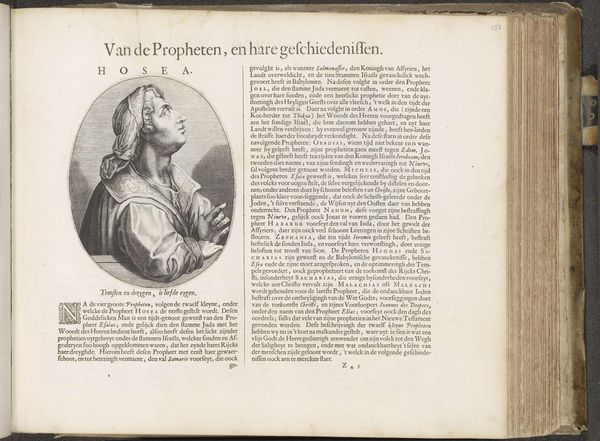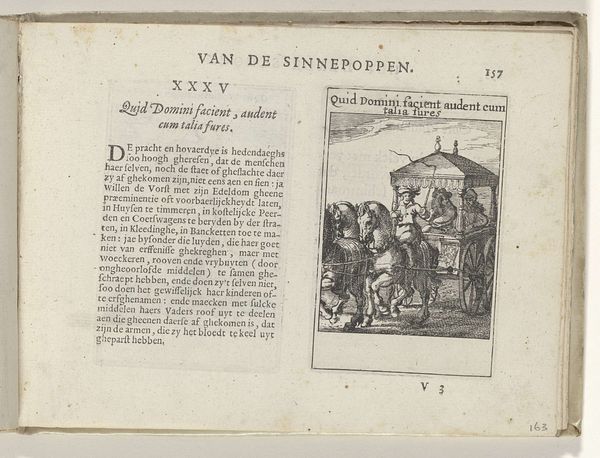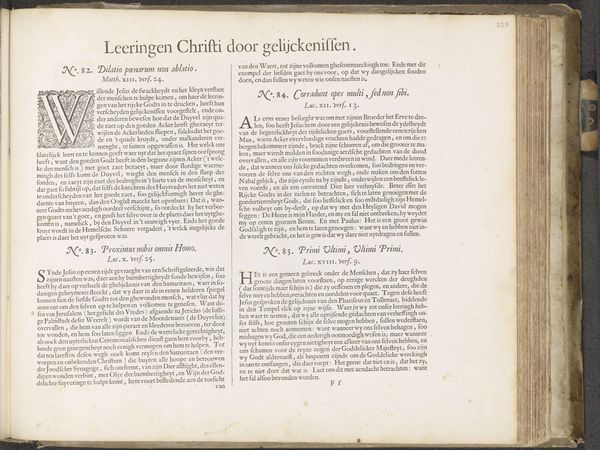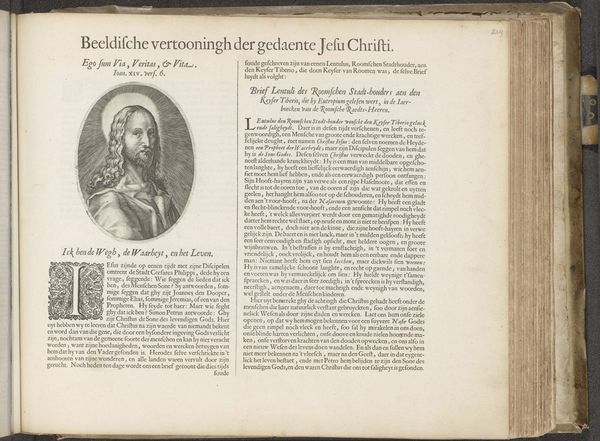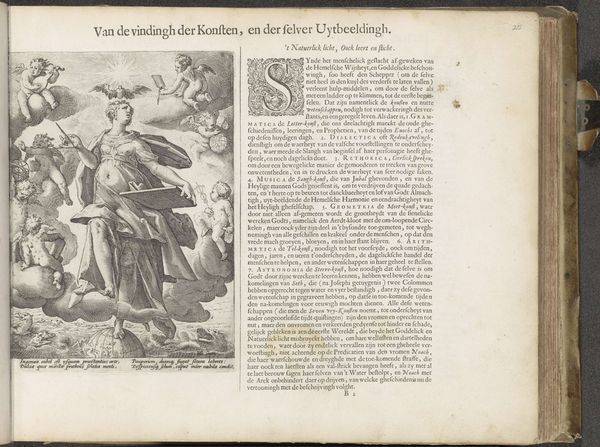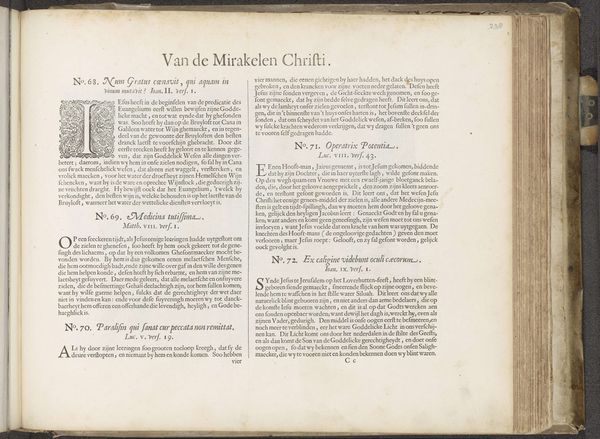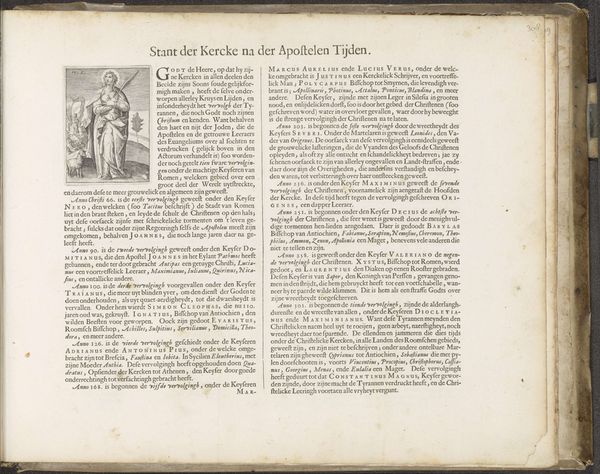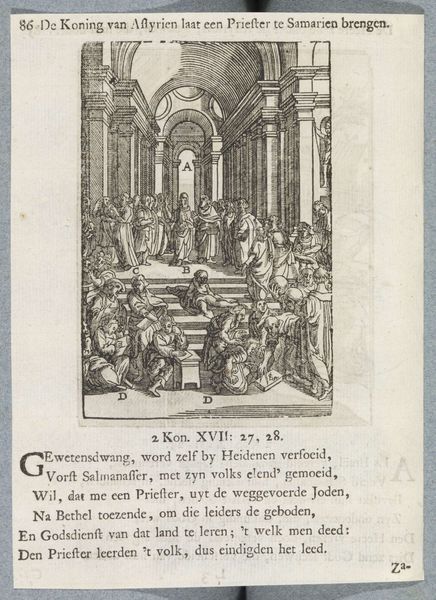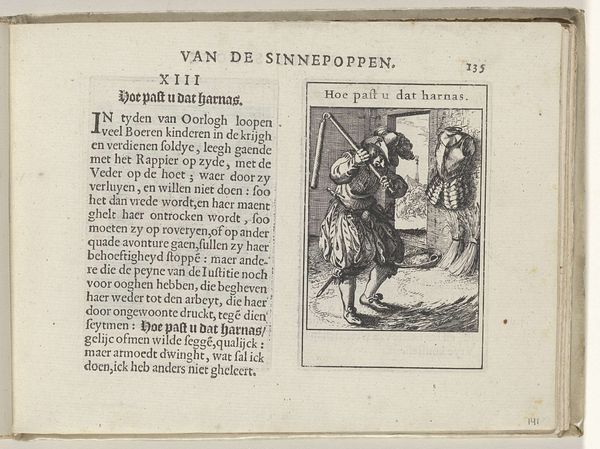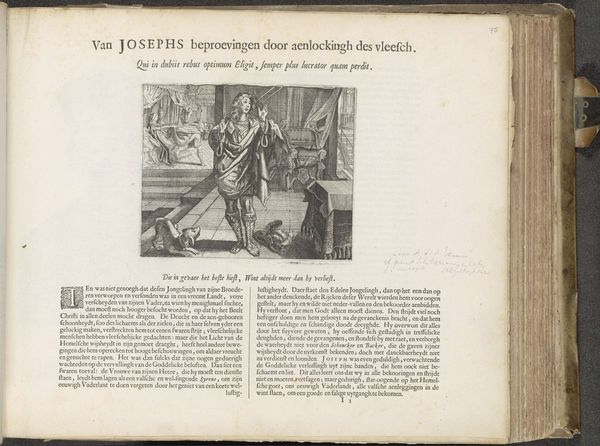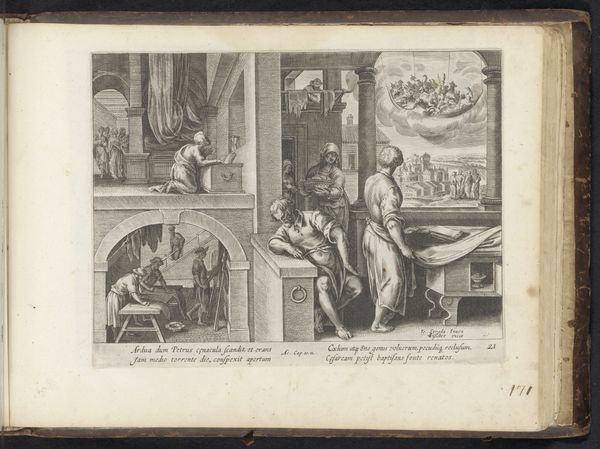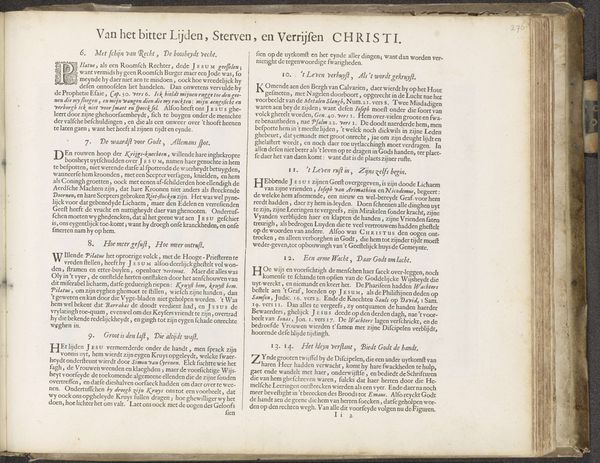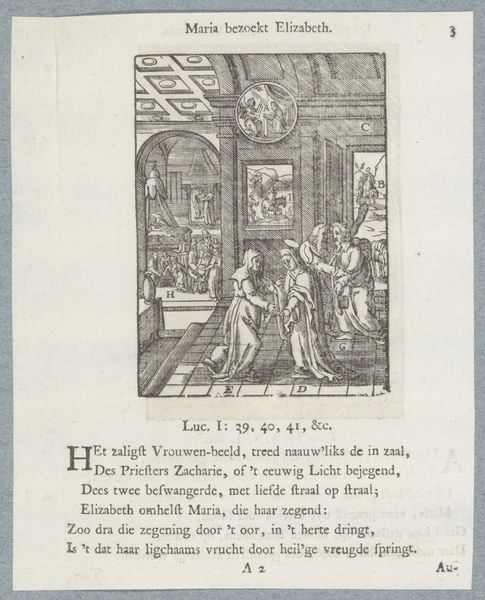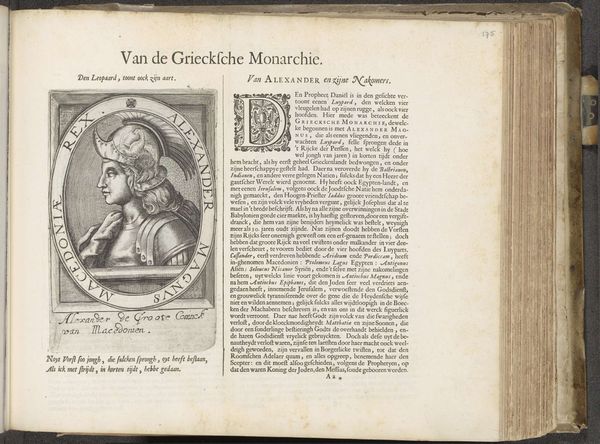
print, ink, engraving
#
narrative-art
#
baroque
# print
#
ink
#
coloured pencil
#
engraving
#
watercolor
Dimensions: height 200 mm, width 133 mm, height 295 mm, width 370 mm
Copyright: Rijks Museum: Open Domain
Curator: Ah, yes, “Laatste Avondmaal,” or “The Last Supper.” It's an engraving in ink by an anonymous artist dating from 1598 to 1654. The Rijksmuseum holds it now. Editor: It’s fascinating. The detail is incredible for such a small print, and the way the artist uses light and shadow really draws your eye to the center of the composition. What do you see in this piece? Curator: Well, I'm immediately drawn to the means of production here. It’s an engraving, which implies a printing process, mass production. Who was the audience for this, and how would its consumption have been impacted by the context of the time? Editor: That’s interesting! I hadn't thought about its production beyond the artistry itself. You mean, like, who would have bought it and how would they have used it? Curator: Exactly! Was it for private devotion? Propaganda? To understand this print, we have to consider the labor involved in its creation and distribution, the materials used – ink, paper – and the economic and social relationships at play. Editor: So, instead of just focusing on the religious symbolism or the artistic skill, you’re more interested in the work as a material object with a history? Curator: Precisely. How does this relatively easily reproducible image challenge traditional notions of high art? Was this seen as "lesser" because it could be mass-produced? Consider the cost of the print compared to an original painting at the time – who had access to which artwork? Editor: Wow, I never thought of analyzing art that way. It really changes how you see it! Thanks for pointing out the importance of materiality and social context. Curator: My pleasure. Remember, art doesn’t exist in a vacuum. It’s always connected to its means of production, circulation, and consumption.
Comments
No comments
Be the first to comment and join the conversation on the ultimate creative platform.
